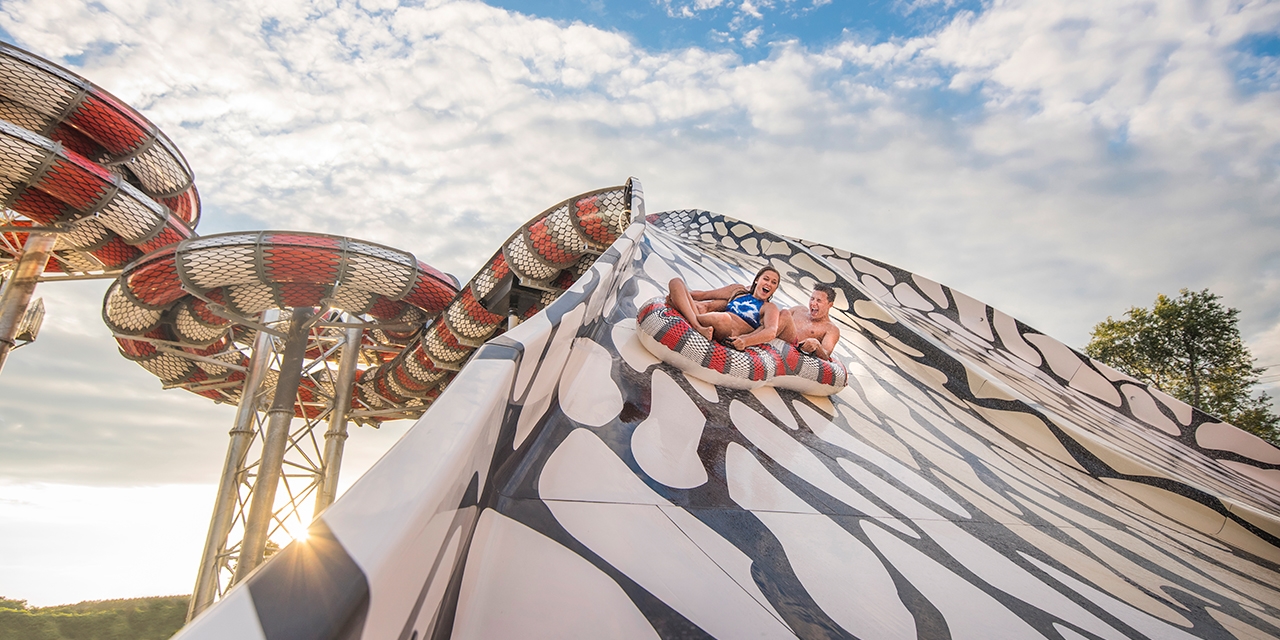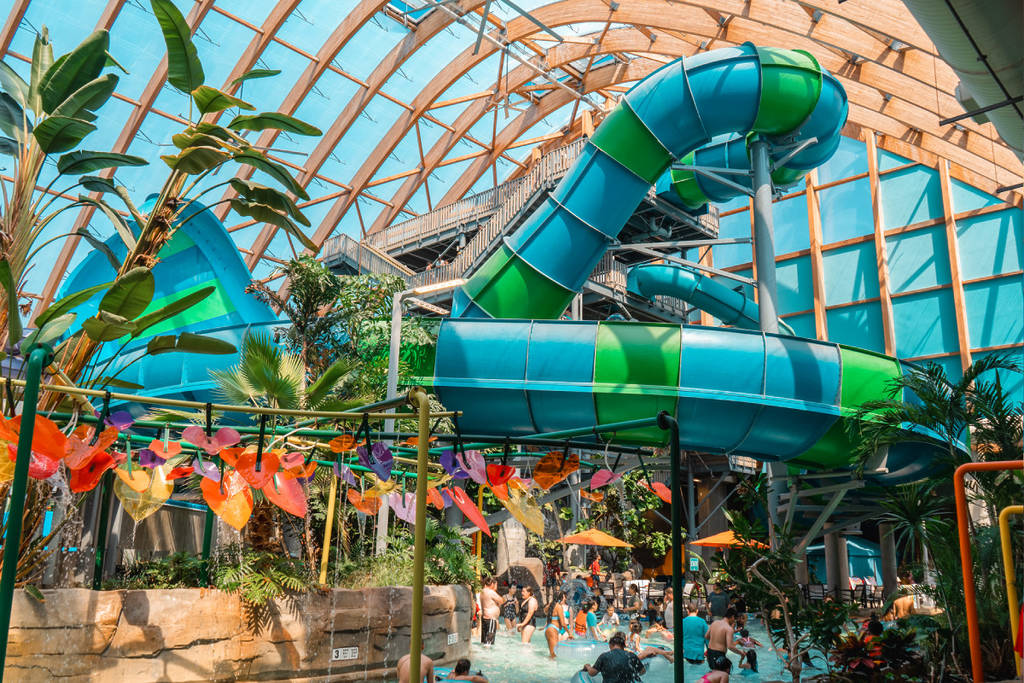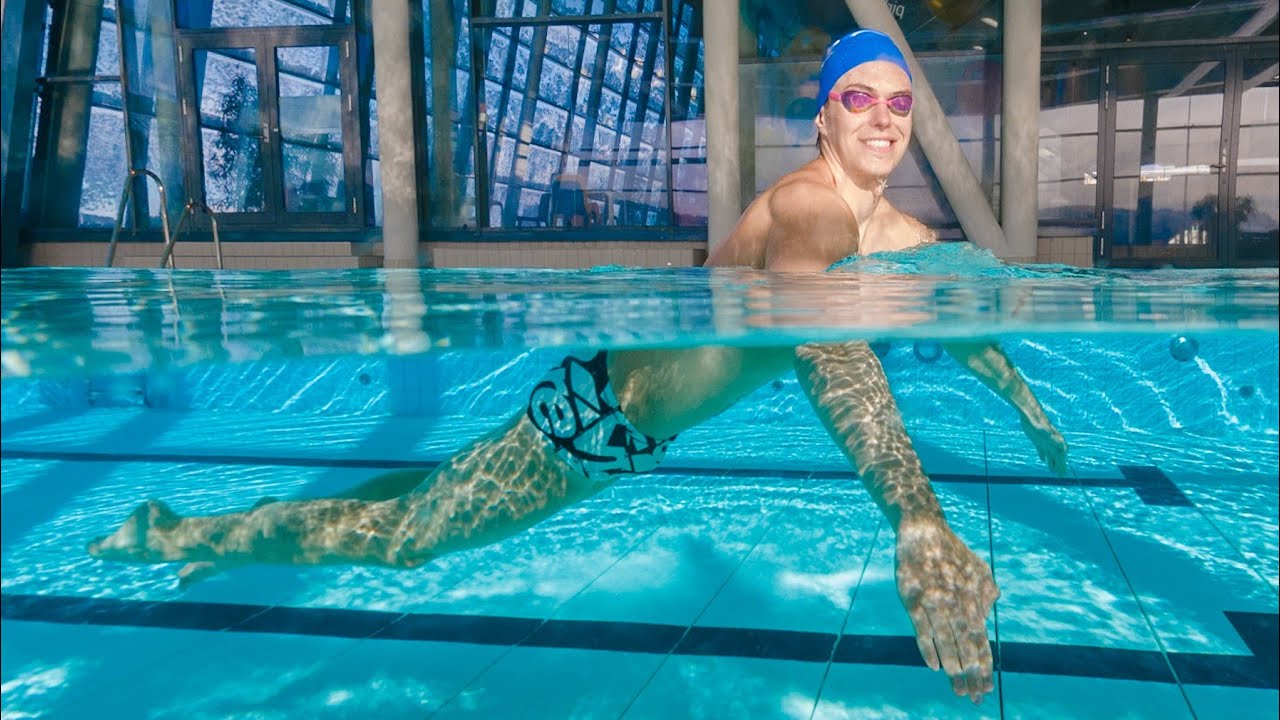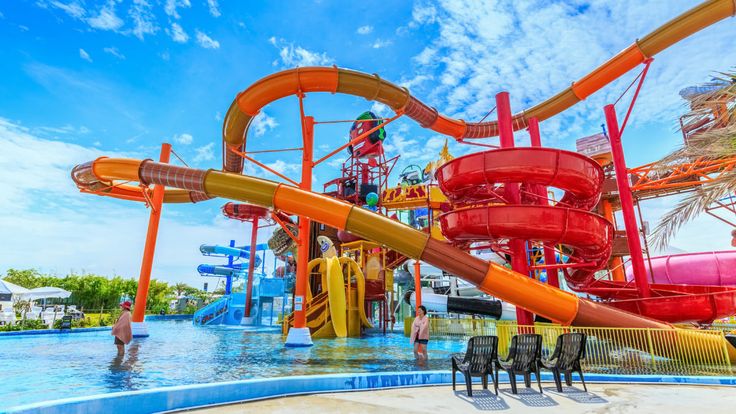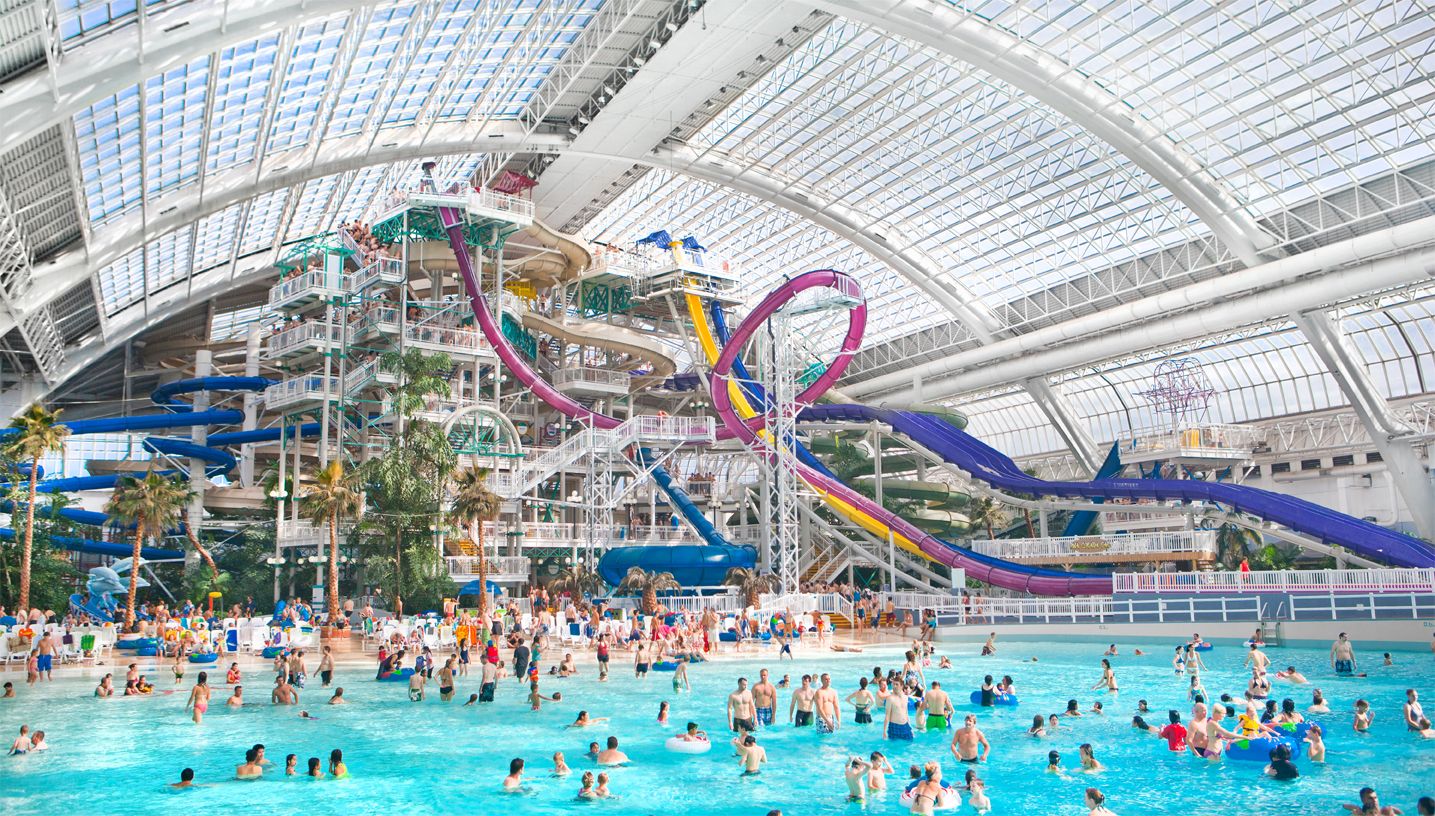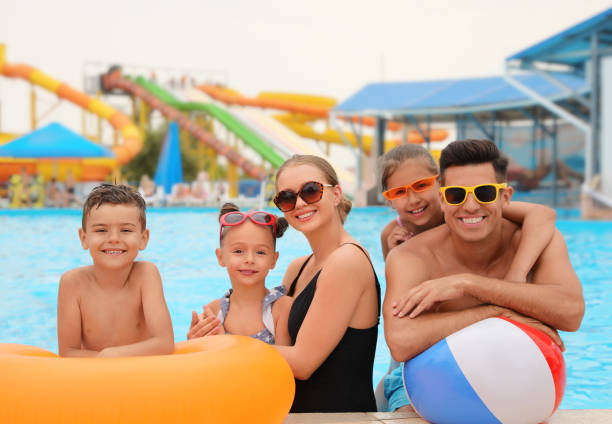Regardless of age, whether you are four or forty, the exhilaration of racing down a waterslide on a warm summer day is unparalleled. The surge of adrenaline experienced with each twist, turn, and drop culminates in a thrilling plunge into a shallow pool, followed by the excitement of climbing out and repeating the adventure. Waterparks evoke a sense of nostalgia, where tired feet and sunburns signify a day well enjoyed.
Featuring innovative themes and record-setting attractions, here are ten of the finest waterparks in America.
Universal’s Volcano Bay | Orlando, Florida
In 2017, Universal Orlando introduced its third theme park, the entirely aquatic Volcano Bay. This park celebrates the South Seas, highlighted by a towering 200-foot volcano at its core. Renowned for its thrilling experiences, Volcano Bay offers a large aqua coaster, several drop slides, and an exciting rapids river. Upon arrival, guests are provided with a waterproof bracelet that allows them to reserve a spot in a virtual queue or make cashless transactions throughout their visit.
Schlitterbahn New Braunfels | New Braunfels, Texas
Dubbed the “World’s Best Waterpark,” Schlitterbahn in New Braunfels, Texas, boasts over 51 attractions spread across 70 acres. The park’s name reflects the region’s German heritage, featuring distinct areas filled with slides, coasters, rivers, and pools, all seamlessly integrated into the natural landscape.
Disney’s Typhoon Lagoon Water Park | Orlando, Florida
Disney excels in theming, and Disney’s Typhoon Lagoon Water Park exemplifies this talent. The park narrates the tale of a mythical storm that impacted a tropical island, with the centerpiece being a shrimp boat perched atop Mt. Mayday. The expansive 56 acres surrounding it are filled with waterslides, a surf pool, and the child-friendly Ketchakiddee Creek playground.
LEGOLAND California Resort | Carlsbad, California
At LEGOLAND California’s waterpark, the combination of bare feet and LEGOs creates a unique experience. The park features a variety of attractions, including waterslides and wave pools, as well as interactive areas like the “Imagination Station.” Here, children and adults alike can engage in creative activities such as constructing bridges and dams with DUPLO bricks, designing boats for races, or crafting LEGO rafts to float along the lazy river.
Noah’s Ark Waterpark | Wisconsin Dells, Wisconsin
While Wisconsin Dells is often referred to as the “Waterpark Capital of the World,” one establishment stands out as a leader in the industry: Noah’s Ark Waterpark, which proudly holds the title of “America’s Largest Waterpark.” This venue is known for its innovative water rides, including the newly introduced glowing slide, Chameleon, alongside the impressive king cobra slide, Raja, which is the largest of its kind in the world, and the Scorpion’s Tail, recognized as the nation’s first nearly vertical looping slide.
